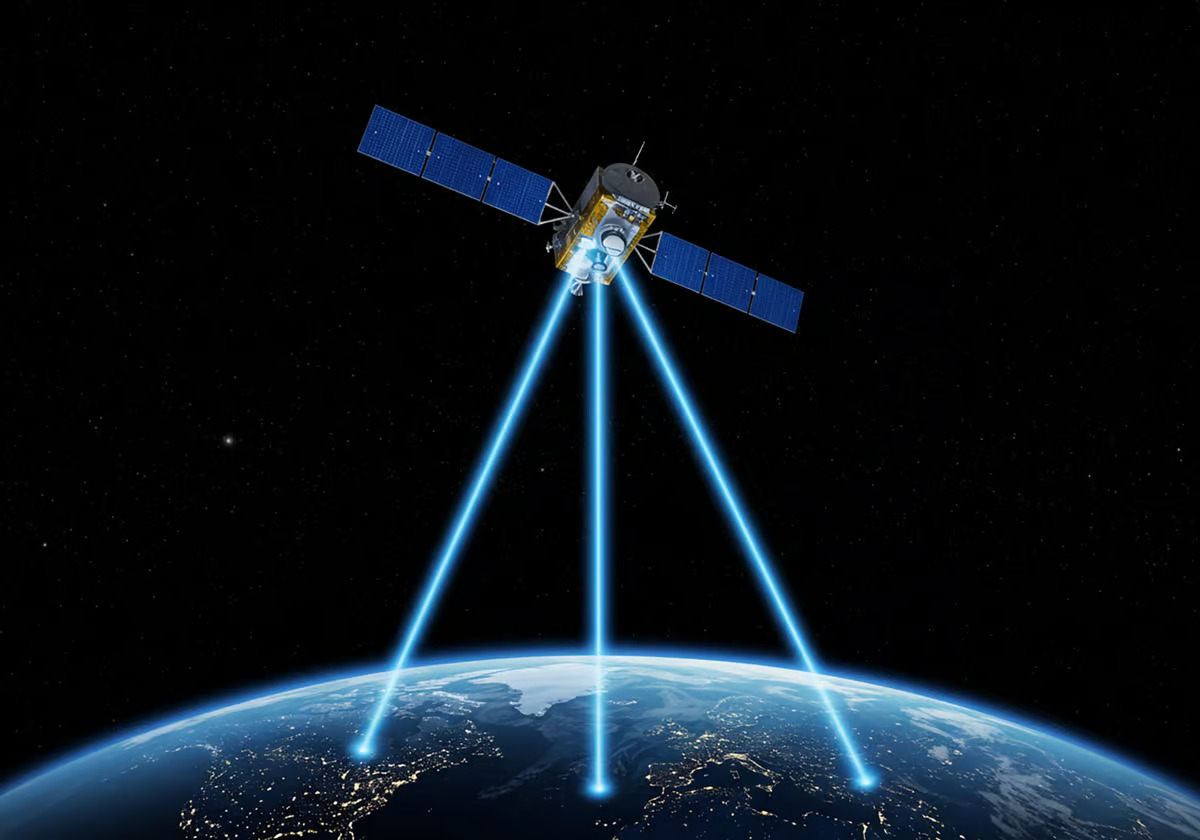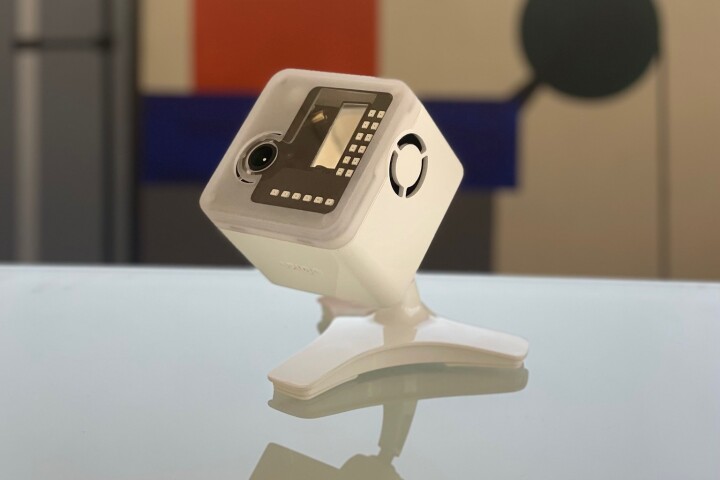 With satellite direct-to-cell technology, no spot is a dead spot. Deposit Photo –
With satellite direct-to-cell technology, no spot is a dead spot. Deposit Photo –
On January 8th, 2024, using Starlink satellites with direct-to-cell capabilities and via T-Mobile’s network spectrum, Elon Musk’s company was able to send and receive its very first text message from Earth to space and back with a regular, run-of-the-mill smartphone.
Now China has that same technology, but maybe even a little bit better.
For the last two years, China Telecom, Huawei, and several other industry partners have been working on the Tiantong satellite project, including overcoming the challenges of maintaining stable cellular connections with weak signals. By integrating satellite antennas into mobile phones and merging communication protocols, researchers succeeded in creating the world’s first smartphone capable of making direct satellite calls.
The team from the China Telecom Satellite Application Technology Research Institute (referred to as “Satellite Institute”) was able to unify the satellite and ground networks into a system that could use existing SIM cards and phone numbers.
As early as August 2023, Huawei had integrated the technology – more antennas configured for L-band – for direct sat-to-cell capabilities. Smartphone makers Xiaomi and Linyun have followed suit.
“Smartphone satellite calls work by first uploading data to the Tiantong satellite, which relays it to a ground station. The ground station processes the data and sends it to the Tiantong core network, which connects to ground base stations to reach the target phone,” explained Wang Deqian, a researcher at the Satellite Institute and a team member.
There are three functioning Tiantong satellites, with a fourth expected this year. The 2008 Sichuan earthquake – which registered 7.9 on the Richter Scale – destroyed over 5 million buildings, knocking out all communication infrastructure near the epicenter. This was the event that led to China’s development of the Tiantong project as a way to maintain communication, even during disasters.

At the time of writing, Starlink’s website regarding direct-to-cell capabilities says “Voice – coming soon.”
The technologies utilized by China’s Tiantong and Elon’s Starlink are quite different.
The Tiantong satellites are all in geostationary orbit about 22,000 miles (36,000 km) above Earth, meaning they stay in a fixed spot. Because of this, a single satellite can cover huge swaths of ground. Entire countries and regions.
Starlink operates in low-Earth orbit, from 200 miles to 1,200 miles up (320 km-2,000 km), which requires thousands of satellites to cover the same ground.
The Tiantong satellites are purpose-built for mobile satellite communication in remote areas, including maritime and military use. They use a low-bandwidth system that’s tailored for voice calls, SMS, and light data. The network uses L-band frequencies which are very reliable in bad weather.
On the opposite end, internet-specific Starlink satellites use Ku and Ka-band frequencies which prioritize high-speed data rates, but are more susceptible to weather interference. Starlink’s new direct-to-cell satellites use common terrestrial cell tower bands between 1910 and 1955 MHz in the US and will use 1429-2690 MHz for global operations.
Researchers in China also faced another issue: Though the satellite is stationary, it’s very far away at 22,000 miles – about a tenth of the way to the moon.
Researchers decided against including an external antenna, whether fixed or removable, as they didn’t expect that type of product to go over well with consumers. Instead, they decided to add additional internal antennas. Even so, maintaining a stable connection was difficult. The debate became either to push more power from the satellite or lower the data rate.
“It’s like two people talking – shouting makes it easier to hear, but if you can’t shout, you can slow down and enunciate,” said Wang.
Ultimately, the choice was to lower the data rate. Over six months, the team adjusted data rates to meet antenna sensitivity needs while optimizing their code to maintain voice quality, settling on a data rate of 800 bits per second (bps).
800 bps is incredibly slow by today’s standard of high-speed internet. Old-school 56k dial-up internet was 56,000 bps … and we all remember how painful that was. Modern 5G signals are up to 10 billion bps (10 Gbps), 12-and-a-half million times faster than the Tiantong satellites.
While you might not be streaming your favorite shows on Netflix, as an emergency communication service or even just a quick call to check in with friends and family while on a wilderness adventure, satellite direct-to-cell is a priceless game changer.
Source: ST Daily
–























